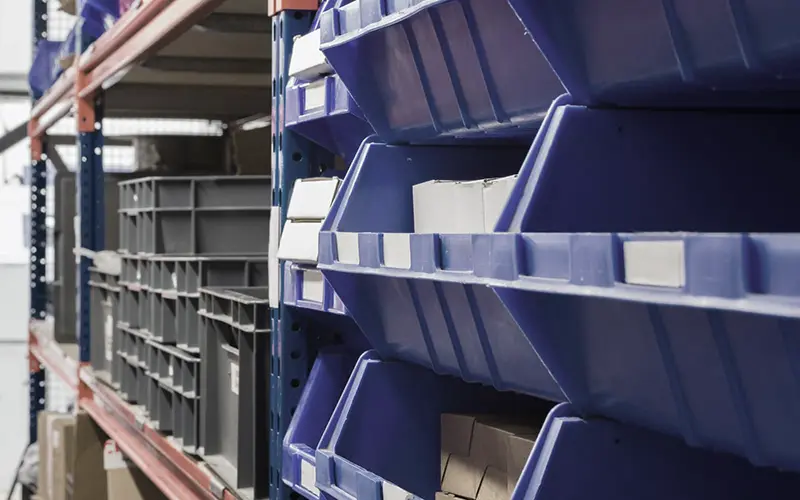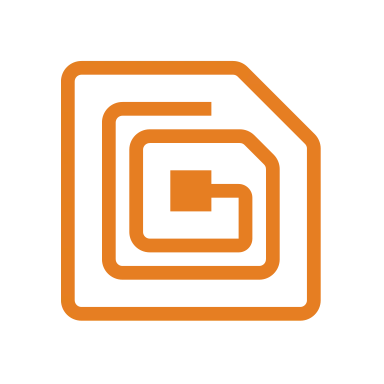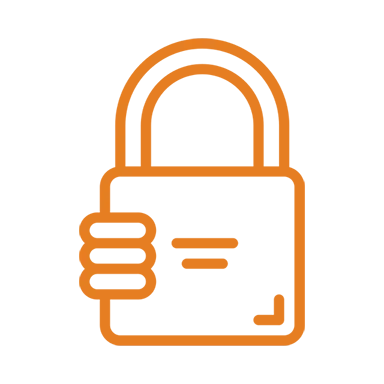
Keeping up with modern supply chains can be challenging for warehousing teams. But how can teams know their operations are organized and getting the most out of their equipment and assets? According to a recent survey, 30% of businesses plan to invest in trending technologies like automation in 2024 to meet supply chain-related business commitments.
One way to ensure your equipment budget is going as far as it can is by using reusable equipment like bins and pallets. But organizations will only see an ROI on reusable equipment if that equipment is properly handled. Billions of dollars are lost each year in warehouses and distribution centers due to misplaced inventory, improperly used equipment, and other mistakes. Keeping your equipment, inventory and assets organized is a necessary challenge for all warehousing teams.
Using an RFID System to Build a Bin Tracker System
RFID technology is a popular solution for organizations looking to improve their tracking capabilities. When properly installed, organizations can expect accuracy rates of approximately 99% (via RFID Journal). It is often used for inventory tracking, but is just as effective in monitoring equipment or high value assets. Using RFID, you can track assets across a facility. This technology enables you to locate items within a few feet of accuracy and allows you to make better decisions regarding inventory management. This technology can track warehouse bins across any facility.
A bin tracker system built with RFID consists of the following components:
- RFID Tags: RFID tags are small, electronic devices that are attached to bins. The tags contain a unique identifier that can be read by an RFID reader.
- RFID Readers: RFID readers are devices that emit radio waves and can read the identifiers of RFID tags.
- RFID Software: RFID software is used to collect data from the RFID readers and track the location of the bins.
With an RFID system installed, teams can quickly identify the location of a bin or container along with important information such as status, usage rates, and who handled the equipment last.
Here are some additional ways RFID can help warehousing and manufacturing teams keep track of their equipment.
Identifying the Bins
An RFID system typically starts with affixing tags to the equipment you want to track. Let’s also assume the proper hardware is set up as well (readers, antennae, etc). Together, the tags and hardware communicate with an RFID software system’s database.
The information in the database can be used to identify the bin and its status. This can help reduce the amount of time spent verifying bin details or to address unauthorized use of the bins. A clear and accurate overview of the entire bin infrastructure also simplifies tracking, communication, invoicing and restrains unauthorized waste disposal.
Monitoring the Bin’s Contents
Using an RFID system like Edgefinity IoT, manufacturers can not just track their bins throughout their warehouse but also the contents inside the bin. This can help them avoid inventory discrepancies and ensure that all products are stocked in the correct locations. This can also reduce human errors and allow them to speed up their warehousing process. In addition, the software can identify when a product is close to expiration, so they can reorder it before it goes out of stock.
Affixing an RFID reader antenna to a bin unit enables the bin to communicate wirelessly with a base station, which is connected to a computer network.
Track the Bin’s Location
The RFID system uses a wireless reader to transmit radio waves. These radio waves are used to identify the object and send feedback signals to the reader. This technology is very similar to that of the barcode. The difference is that the object and the reader must be in a direct line of sight. This is why a bin tracker system is so important when looking to keep track of equipment location.
Unlike barcodes, which require the object and scanner to be within line of sight. This allows it to detect a bin’s contents, even when they are stacked up. This is especially helpful when trying to locate inventory that has been improperly put away or equipment that has been misplaced.
A bin tracking system can be designed by manufacturers to identify their containers using RFID technology. This allows them to provide a complete and accurate view of their bin infrastructure to their customers. This allows them to simplify customer communication, reduce costs for collection and invoicing, and restrain unauthorized use of bins.
Identifying the Bin’s Owner
If you’re a manufacturer of bins and containers, deploying an RFID system like Edgefinity IoT can help your company track your products throughout the warehouse. This allows you to see when one or more bins need replenishment, which helps reduce costs and ensure your customers get the best possible service. It can also help you optimize your Kanban supply management and anticipate needs, which improves the customer experience.
By identifying the bin’s owner, you can avoid misplaced or stolen items. This also reduces the time it takes to address customer complaints, as you can quickly identify and communicate with the correct person responsible for the issue. In addition, the ability to locate a specific bin or piece of equipment’s location can prevent unauthorized usage by ensuring that the right people are handling the equipment. This is particularly important for companies that handle hazardous materials or waste.
Additional Bin Tracker System Benefits
A bin tracker system can be used to improve efficiency and productivity in a warehouse or facility. The system can be used to:
- Real-time tracking: RFID tags can be read by RFID readers in real time, which means that you can track the location of bins at all times. This can be helpful for keeping track of inventory levels and ensuring that bins are always in the right place.
- Improved accuracy: RFID systems are very accurate, which means that you can be confident in the data that is collected. This can help you to make better decisions about inventory management and warehouse operations.
- Reduced labor costs: RFID systems can help to reduce labor costs by automating tasks such as bin location tracking and inventory counting. This can free up employees to focus on other tasks, such as customer service or order fulfillment.
- Improved security: RFID systems can help to improve security by preventing unauthorized access to bins and inventory. This can help to protect your business from theft and fraud.
- Increased efficiency: RFID bin tracker systems can help to improve efficiency in a number of ways. For example, they can help to reduce the time it takes to find bins, count inventory, and process orders.
- Improved customer service: RFID bin tracker systems can help to improve customer service by providing real-time information about inventory levels and order status. This can help to reduce customer wait times and improve customer satisfaction.
- Compliance with regulations: RFID bin tracker systems can help businesses to comply with regulations such as those governing food safety and product traceability.
CYBRA’s Edgefinity IoT is a powerful RFID software platform that addresses these problems and more.















 RFID Cage
RFID Cage
